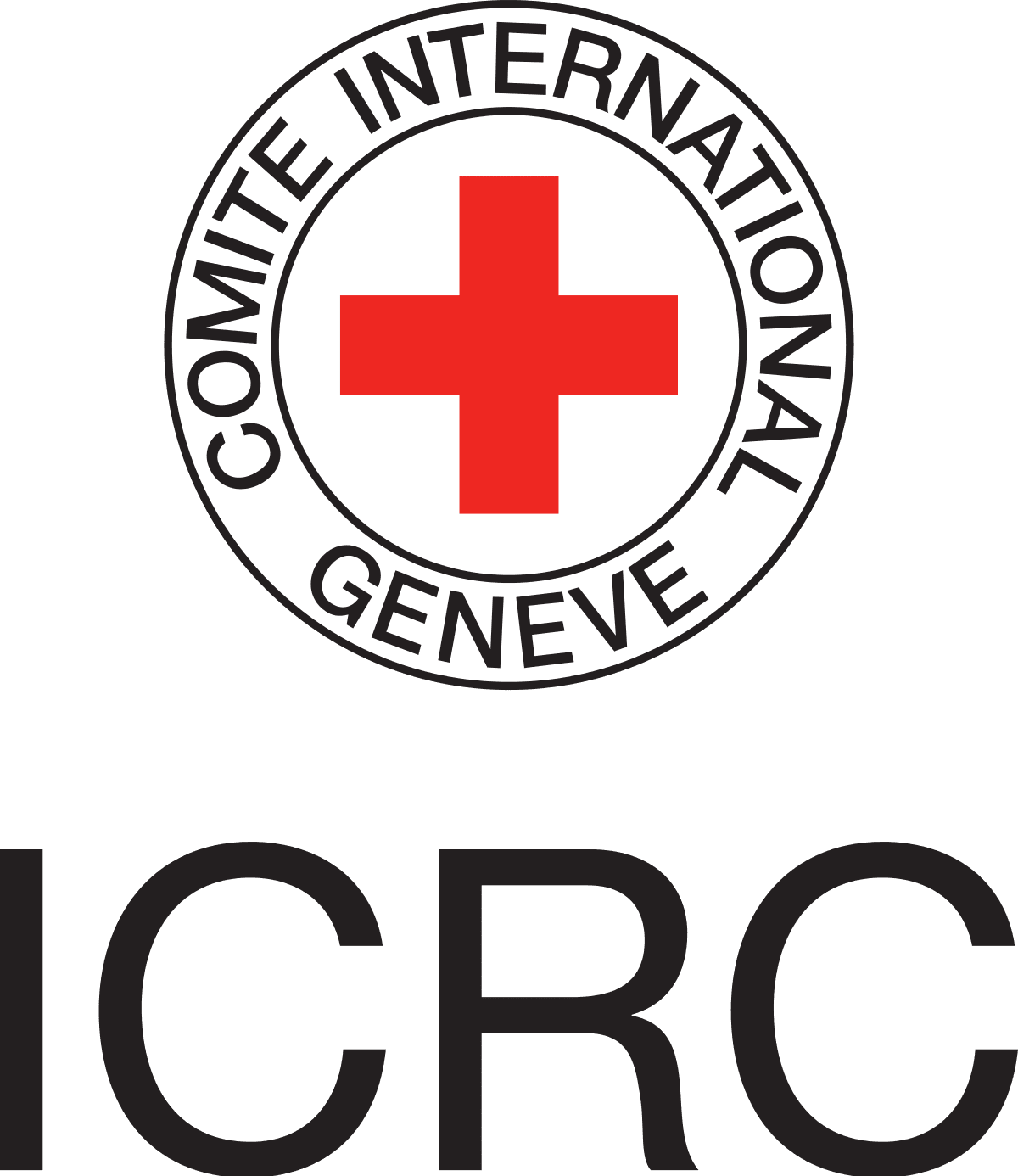Use of Force
A. Insufficiently prepared public security forces: tackling the risks related to their use of force when operating in the vicinity of company operations
Good Practices
Conduct or update risk assessment.
- Check the performance history of public security forces vis-à-vis use of force and respect for human rights and international humanitarian law.
- Ensure the risk assessment examines the particular risks faced by men, women, boys and girls, which are likely to be different, as well as risks to older persons, indigenous peoples and any other vulnerable groups (see human rights due diligence).
Minimise the presence of public security forces at company sites.
- Avoid involving public security forces in operations at company sites if private security can legally and practically respond to needs.
- Request public forces only when there is an urgent need at a specific location and then clearly define their mandate, as well as the time limits for their expected withdrawal.
Ensure public security forces are briefed on responsible security management standards and company policies.
- The Voluntary Principles on Security and Human Rights state that companies should ‘clearly communicate the expectation that all operations be conducted in full respect for human rights and (international) humanitarian law’.
- Promote the following principles with public security, as outlined in the Voluntary Principles on Security and Human Rights:
- Force should be used only when strictly necessary and to an extent proportional to the threat. […] In cases where physical force is used by public security, such incidents should be reported to the appropriate authorities and to the company. Where force is used, medical aid should be provided to injured persons, including to offenders.’
- The rights of individuals should not be violated while exercising the right to exercise freedom of association and peaceful assembly, the right to engage in collective bargaining, or other related rights of company employees as recognised by the Universal Declaration of Human Rights and the ILO Declaration on Fundamental Principles and Rights at ’
- Distribute copies of the UN Code of Conduct for Law Enforcement Officials and the UN Basic Principles on the Use of Force and Firearms by Law Enforcement Officials.
- Ensure that the local commander provides a detailed briefing instructing personnel on standards of conduct.
Establish mutually agreed upon rules and procedures for the use of force with local public security force commanders.
- Agree on a process for the escalation of force that allows for a proportional response to a threat, with the use of lethal force being the last resort.
- Define a clear hierarchy, identifying those in charge and those with the authority to engage public security.
- If possible, agree that any public security forces assigned to the company’s facilities are held as a response force and not routinely used for guard duties. Ensure public security forces have adequate transportation to respond rapidly to an incident.
- The World Bank and Anvil Mining state that companies should ensure ‘the procedures for involving public security forces in an incident (are) clear to company management, the security department and the public security forces themselves’.
- Ensure that comprehensive after-action reports are developed and recommendations are implemented.
Ensure that public security forces assigned to the area of operations have received adequate training
(see Training (Working with Public Security Forces).
Support security sector reform programmes
(see Public security forces with insufficient human resources, low salaries, inadequate training and poor equipment: preventing criminal activity and human rights violation within Security Arrangements – Working with Public Security Forces).
- The United Nations Security Sector Reform Inter-Agency Task Force encourages companies to engage with security sector reform programmes that ‘support selection and recruitment policy that is based on proper recruitment mechanisms, integrity assessments, and vetting or other forms of review/screening of existing personnel. Support public announcements for vacancies/openings and transparency throughout the process.’
- Identify security sector reform programmes, such as police reform and training programmes, that could extend activities to the areas of the company’s operations.
Consider the formulation of an external stakeholder advisory panel to help monitor security and human rights issues.
- Include stakeholders who are legitimate in the eyes of public security providers (e.g. a former minister of defence, international statesperson, etc.), as well as other stakeholders with expertise on human rights and business. In particular, include community representatives (e.g. a prominent NGO, statesperson, etc.).
- Ensure participation of individuals that represent the interests of most vulnerable groups, such as women and indigenous people.
Map out the ways in which public security forces can be held accountable for breaking the law
Practical Tools
- Training Curriculum on General Standards for Policing (Geneva Centre for Security Sector Governance and International Committee of the Red Cross 2018)
- Use of Security Forces: Assessing and Managing Risks and Impacts (International Finance Corporation 2017)
- Voluntary Principles on Security and Human Rights Training Course (Voluntary Principles Initiative 2018): includes modules on human rights, roles and responsibilities of security personnel, and use of force
Key Resources

DCAF – Geneva Centre for Security Sector Governance
Business and Security Division
www.businessandsecurity.dcaf.ch
Chemin Eugène-Rigot 2E,
CH-1202 Geneva Switzerland
Tel: +41 (0) 22 730 94 18
Contact us

International Committee of the Red Cross (ICRC)
www.icrc.org
Avenue de la Paix 19, 1202 Geneva, Switzerland
Economic Adviser
Department of International Law and Policy
Tel: +41 (0) 22 734 6001
Contact us
